Published 18 June 2018 ● Last Updated on 19 June 2018
If you live in Singapore and love vintage furniture, you have probably visited Hock Siong & Co. And if you follow @HockSiong on Facebook, then you definitely know Brillyn Toh. You have seen her brilliant smile and effervescent love for Art Deco as she takes you through the treasures of the shop on “Walkie Hockie”, and witnessed her eclectic sense of design in the upcycled pieces on display.
Hock Siong is a second-hand goods shop, dating back to the 1970s. It started out as a karang guni family business – the old trade of going door-to-door with gunny sacks and collecting used things such as clothes, furniture, utensils, etc – and sorting them for sale. Now the scion’s daughter Brillyn is increasingly taken on responsibilities at the store and operations. And under her aesthetic and marketing acumen, the store is consolidating its position as a dependable fount of vintage and quality items.
We sat with Brillyn over a Monday morning to discuss her role in Hock Siong and whether she sees people put adequate value on used things. Our conversation here:
Let’s begin with your personal story. How did you become a part of Hock Siong? When did you first interact with your father’s karung guni business as a young girl? Did you always know you’ll end up leading the business, or did you have other plans?
Being part of Hock Siong came naturally to me. I am the eldest in the family, and I grew up seeing the business. Earlier this place used to be a karung guni space, so imagine stacks of gunny sacks stuffed up with old clothings, old toys, old personal effects from people’s houses.
I remember once when I was a young girl – 6 or 7 yrs old – I followed my dad to collect those things from the recycling bins – these collection points were shiok for traders like us. But as we were collecting stuff and processing it, I saw how people had mindlessly dumped things, taking no care to separate waste. I was aghast to find even half-way rotten food thrown along with perfectly usable stuff in the recycling bin. A part of me was gutted that my dad had to do this as a karung guni man, sorting and collecting rotten items. The experience left such a big impact on me, it is still strong in my mind. That’s when I decided that I’ll help my dad whenever he needs me.
Later, when my father began buying from hotels, he turned to me for understanding the contracts – they were all in English, which is not his first language. I found myself contributing more and more time to Hock Siong, and after graduation, I moved into the business.
Now that I am working here, I see there is a huge potential for growth. Particularly, after our Facebook and Instagram feeds, I see a lot of interest. I think people are more accepting of used items today, though we sell them at higher prices than we used to. There was a time when I would be helping out here and I’d overhear people saying – “Ugh! This is second hand”, “Are u sure you want to buy it?”, “So dirty!”. Now people are more accepting; they in fact want things that are really old, they feel that it is part of their memory, they find nostalgia in it. I feel there is a contrast.
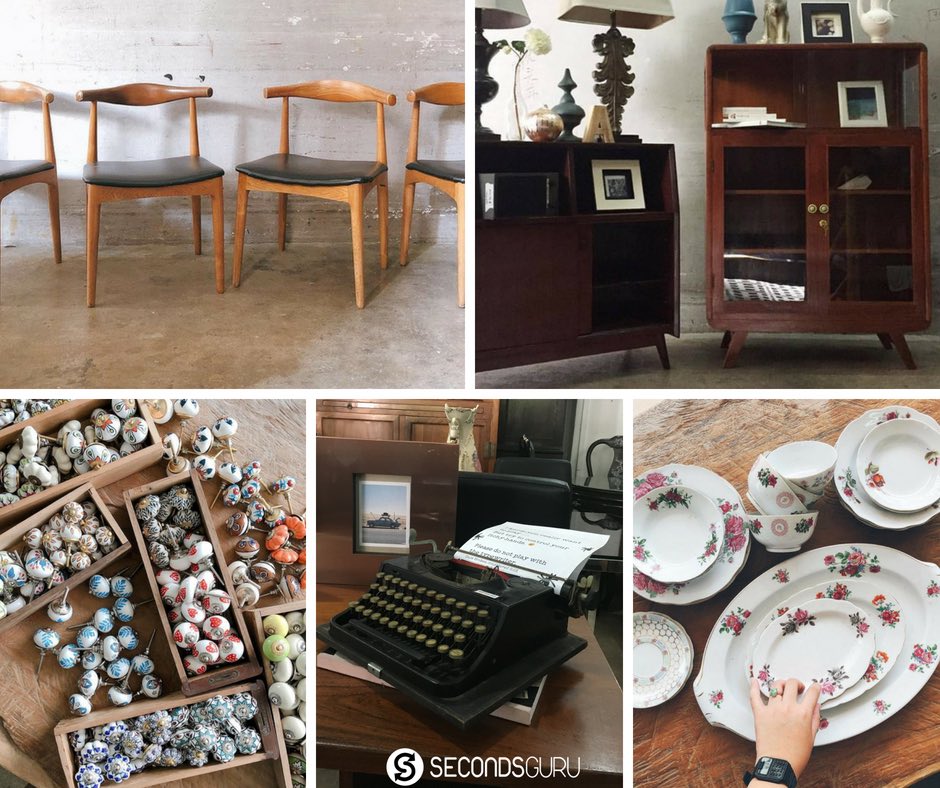
So the second-hand furniture business changed and evolved over time. What other differences do you see?
Yes, there is definitely a change. But there is a good change … and a bad change. Things were made with better quality earlier.
I remember in 1998, when we got our first hotel project. One of the top property companies planned to turn a hotel into a condo, and we came in to cart the hotel furniture away. The items there were made of solid wood. Fast forward to my more recent site visits: furniture is often built-in or made of plywood.
Plywood is not a good buy for us – we cannot upcycle it, and it is difficult to process – first there is laminate, then veneer; it is hard to strip it off and there’s no point really. It is not economically practical to upcycle or recycle it. Now if we see such items, we do not even bid for these. We say no. We have to pay rent, we cannot store these things that cannot sell well.
This is the irony. Demand for used things is higher now, but the things made today are not as high in quality.
Do you have dead stock? What happens to things unsold?
Actually, things that we have here, we can always sell, it is simply a matter of the price. There is the local retail market, and also the export market.
Locally, consumers are more demanding – their requirement is stricter and tighter, they want things in better condition. If we cannot repair/refurbish an item, we first try to upcycle it. If we cannot upcycle it, we export it out within the region – to Malaysia, to Myanmar.
For the few things that really have no takers, we dismantle and recycle the parts that can be recycled. Only the final remainder is disposed of.
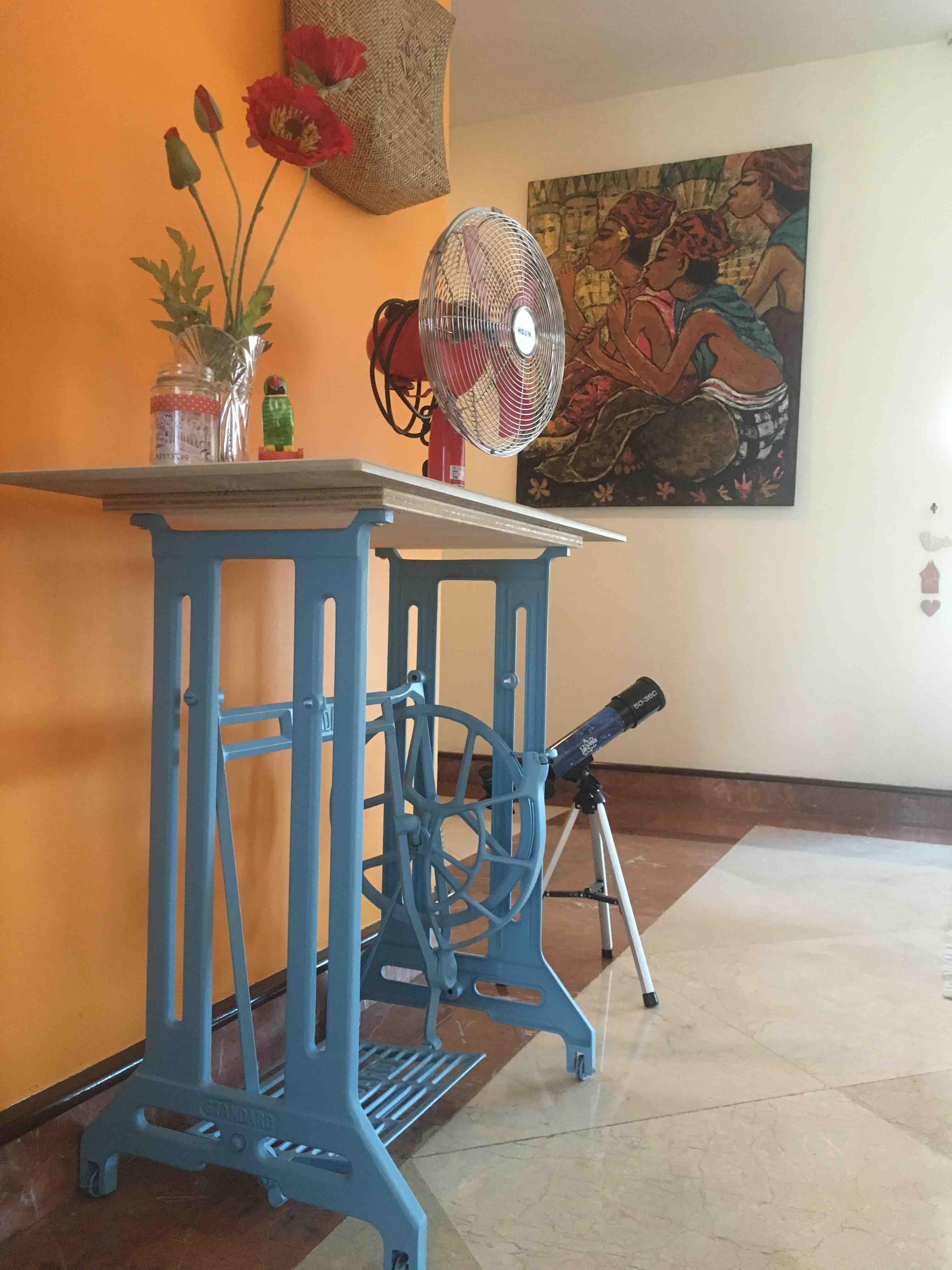
When you buy furniture do you always do basic clean-up, touch-up etc?
Yes, we have to. Sometimes things are just superficially spoiled. But sand them down – you inevitably find a different story!
This is not true for the low-quality items made of MDF, compressed wood etc – we can’t do anything about those. That’s why we try to sell and buy better quality items – rather than getting the “mess” for free and trying to sell that at profit.
How hard and how costly is it to repair and refurbish things before you can resell them? After all, Singapore is an expensive place for renting warehouse space, and skilled labour isn’t easy to find….
Yes, it is very costly. In fact, the sofa behind you – it probably cost more to refurbish than to buy! Since we have in-house labour at Hock Siong, our cost of repair is lower than what you would get quoted outside. Something like refurbishing a marble-top Kopitiam table could cost you anywhere between 650 to 1000 dollars, depending on the repairs needed. We sell such table tops for 280 – 800 dollars here.
Who are the people who buy at Hock Siong? What’s the profile of people buying second-hand furniture?
Mostly they are people looking for a good deal – and some are also looking for vintage items. The profile of people buying second-hand furniture is a wide spectrum, but at Hock Siong, we are trying to build our own market, our own type of consumer. We are focusing on good quality. And we want to demand a premium for it.
So the people who buy at Hock Siong they are actually people with spending power – but they are looking for a good deal. They are not super-tight on budget. We are more expensive than Ikea. So if you are looking to buy a solid table, care for quality and durability, can appreciate durable design – then this is where you get a deal.
Do you have people who come by because they want to buy sustainable?
Such customers exist – but not too many. Most consumers are still price-sensitive.
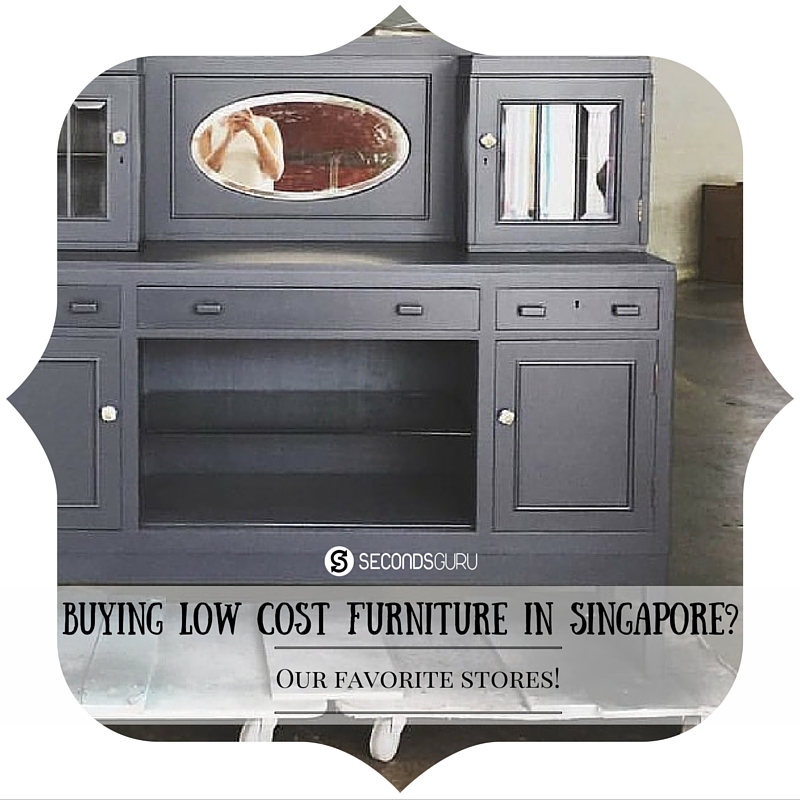
Where do you source the furniture for the shop from? What is a typical site visit?
I go everywhere. People usually call us as we have been established for a while now. And I will visit their houses, their hotels, their business, their restaurants, wherever. Sometimes a shop closes down, they’ll call us. A big part of my work is site visits; that’s how we source our furniture. My dad says it is like buying fish – you see what is the catch of the day!
If someone calls you to sell just one thing, would you take it?
If someone has a whole house and needs to move at a short notice, we would consider buying their items as a lot. But if it is just one item, my advice would be to sell directly, say, over Carousell – you would get a better price, and do it quicker.
Any site visit that stands out in your memory?
I think there are too many! Why do I remember? I do not remember the things, but I remember the circumstances, … Circumstances like going to this house, a 70s walk-up apartment where the owner, a librarian, had passed away. Her estate was inherited by her nephews and nieces as she had no children. And of course, they did not have an attachment to the things that she had accumulated in her lifetime – it was just a book, or a table to them. We emptied the whole apartment. Months later, my sister who works in film production as an art director, was looking for a location and called me for ideas. This place came to my mind, and I inquired to find that the place was still unsold, empty, and available for shooting. My sister shot her short film there, and though we thought we had removed everything, she found the picture of this woman left behind in the home!
That’s the other thing that leaves an impression in my mind. I visit a site, and there are things still intact, I feel that time has stopped there. There’s still a tea decanter, still washing detergent, the calendar has stopped where the person passed away. So I feel I am going to their house even though I have never met them.
Then there are the hoarders – We meet a lot of hoarders in my line of work! And I really wonder why people they want to keep the items they do. Like these eye glasses and a vintage toaster.
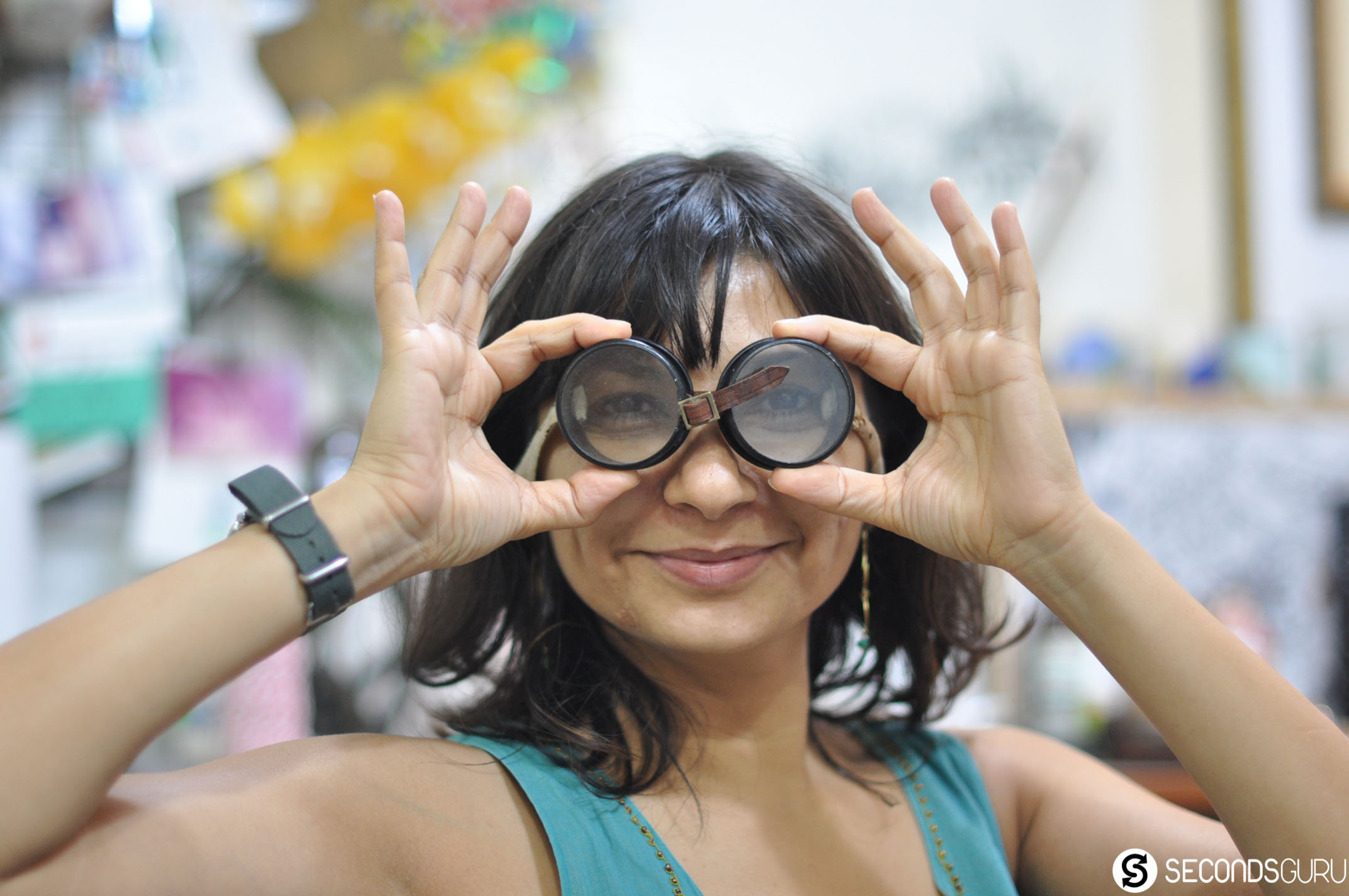
Show us some of your favourite pieces in Hock Siong.
There are too many to share! But let me show you some of the things in this office: such as the chair that you are sitting on – it used to belong to the supreme court. At the bottom, you will see the supreme court sticker, a bar code (We confirm by looking upside down- it is so!). We bought it a while back, when the Supreme Court was housed in the National Gallery – along with the benches. We got it re-upholstered – and it is a piece of history really, so this particular one is not for sale. No, it is not the judge’s chair, probably the typist!
Then there is this chair – made of leather, and it converts to a stair. These things aren’t made any more – and so I have kept one for myself.
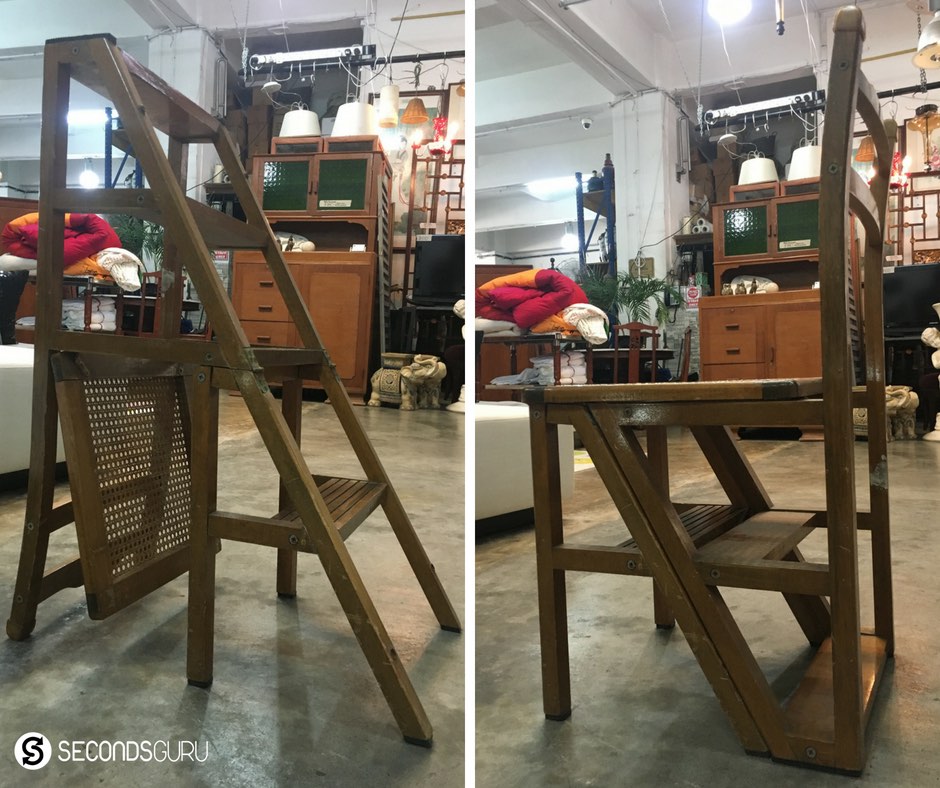
Is your house also a collection of finds? Is it full of Hock Siong furniture? Anything else you buy second-hand?
My house is entirely different from here – it has functional furniture, and is not cluttered. My mom doesn’t allow my dad to hoard in the house!
I used to buy a lot of clothes second-hand: vintage clothes, but my mom discourages that habit. I still buy, though I don’t usually wear them to work!
Something I am still hesitant to buy second-hand is books. I love reading, and I worry that books stores will die. When I travel in the MRT I see everyone is reading, but it isn’t books – it is their phone screen or a Kindle. Though I know I alone can’t make a difference, I feel I must support the local bookstores by buying – be it Kinokuniya or Books Actually!
Any tips for the people who are looking to buy second-hand? What should they check for before purchase? What should their pricing guide be?
Nowadays it is easier to do price comparison – everything is online. But when you buy:
- Buy good quality. Scratches are superficial things that can be repaired. But the wood type and quality will determine how long furniture will last.
- See if the character speaks to you, so you will keep it for long.
- Our in-house restoration team cannot help you with your personal projects – but here is a list of vendors – including weavers, upholsterers and more that you may find useful when bringing old things back to life!

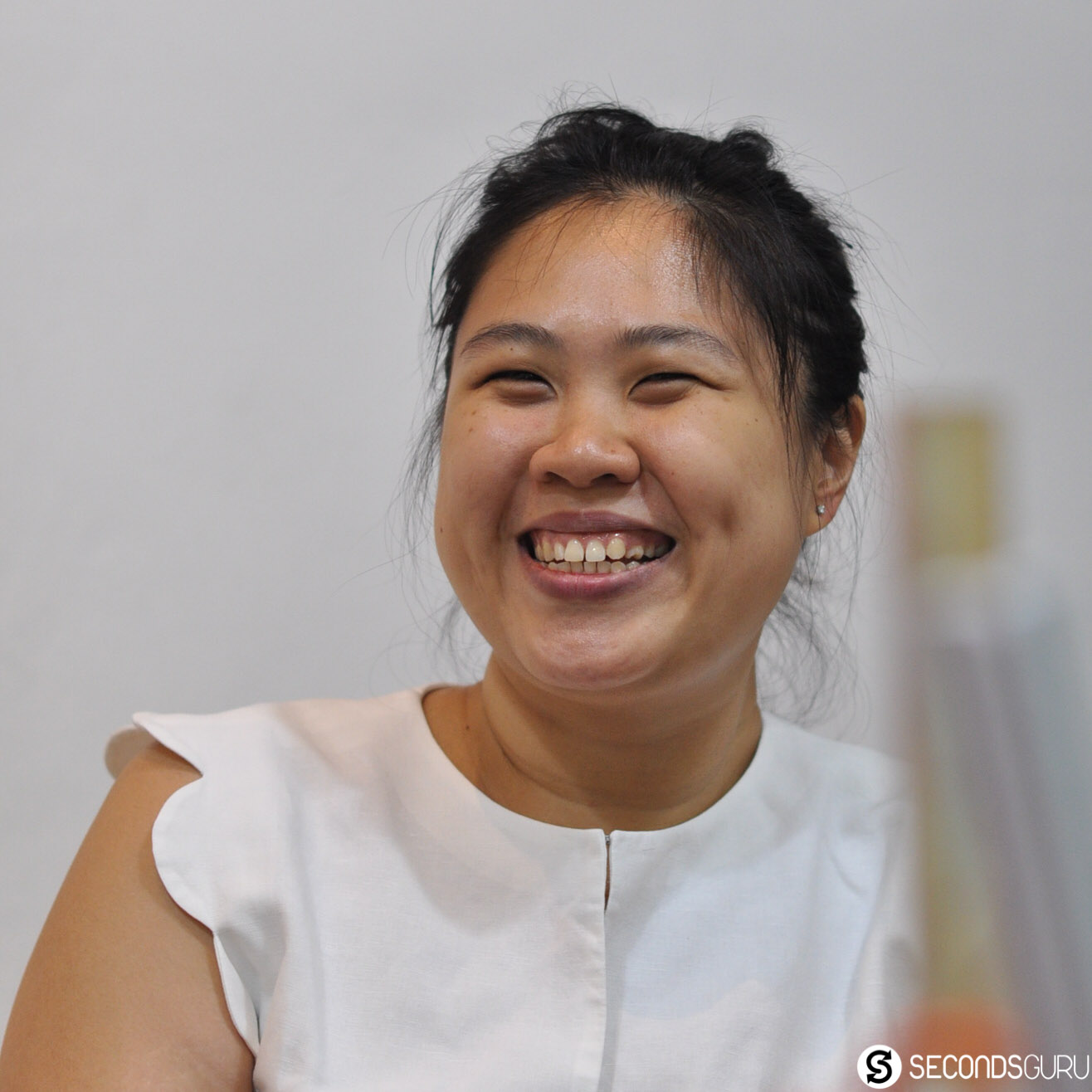
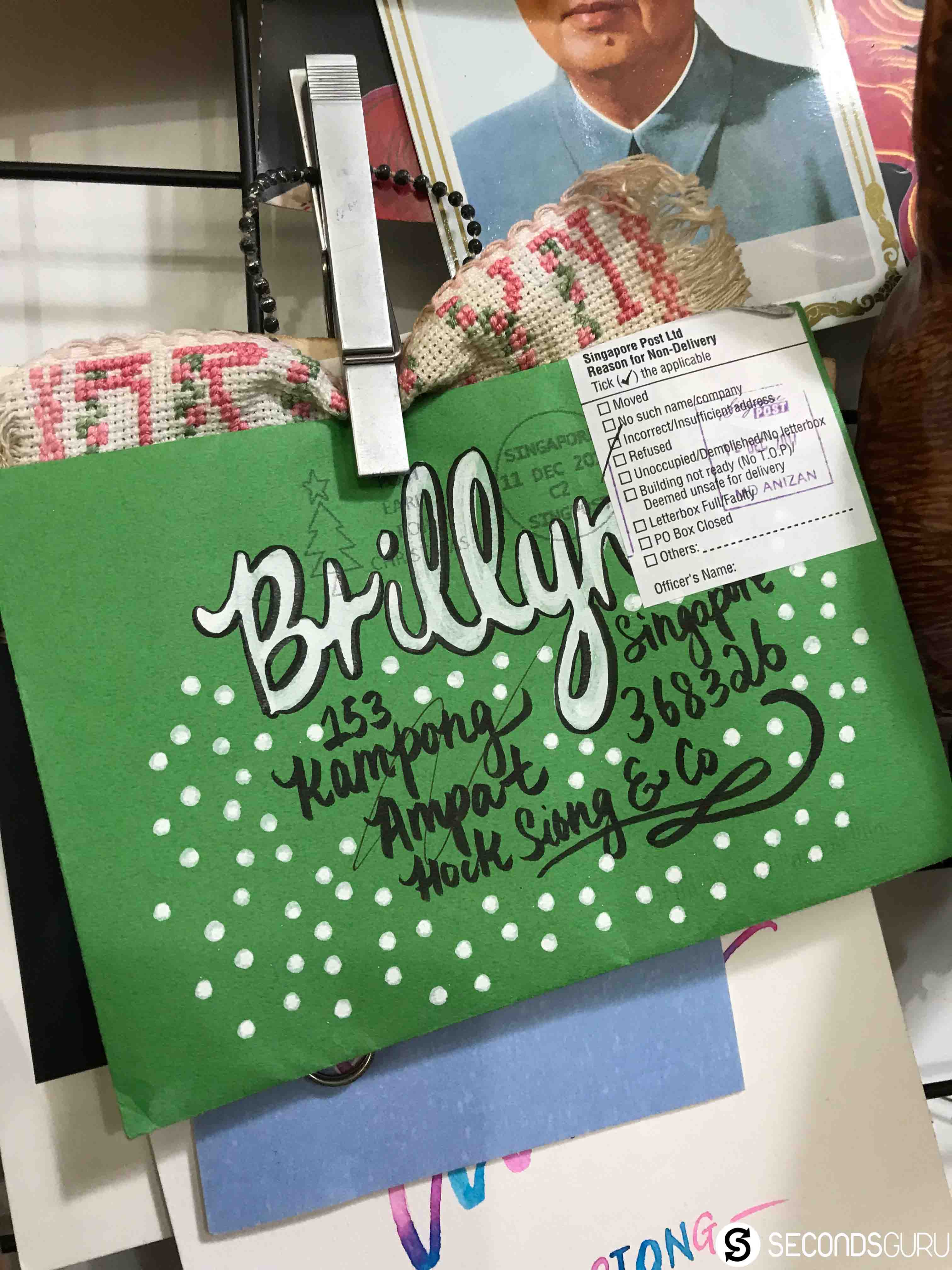


0 Comments